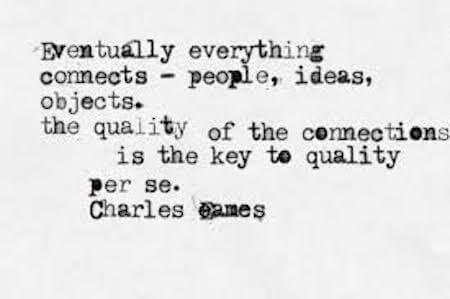Liminality is the quality of ambiguity or disorientation that occurs in the middle stage of rites when participants no longer hold their pre-ritual status but have not yet begun the transition to the status they will hold when the rite is complete.

(As you read this post, if you would like to talk about “Inclusive Innovation” in the Liminal stage the world is in right now, book a call with me at my site or connect with any of my collaborators at the collective intelligence community “WeAreLiminal“
This week, as I wrote yesterday in “Spring is Sprung“, where I live spring is suddenly here, with many elements, including some of the loudest bird song I can ever recall anywhere. The local avian life is clearly celebrating! Now, as Spring is predictable, in the space of #OpenLeadership, in that blog I wrote: “If you can predictably forecast key dates or ranges of dates where opportunities will be there for you, are you already looking at that now and investing time and resources for this? What do you need to be ready for?“
Well, continuing on that theme, what if you don’t yet know what to be ready for? I wrote this in a daily post back in May 2018:
“Liminality can perhaps be described as a fructile chaos. A fertile nothingness, a storehouse of possibilities, not by any means a random assemblage but a striving after new forms and structure, a gestation process, a fetation of modes appropriate to anticipating post-liminal existence”
~ Victor Turner – Are There Universals of Performance?
What rich language Turner uses! Fetation.. from the formation of a fetus.. Fructile… in state to bear fruit. This language is positive and anticipatory, and I love it !
from “Love of Liminality”
As I noted in yesterday’s post, I have a client who, from the start of the year, has been running a context of “Be Ready”, choosing to commit to that context and investing time and resources to being ready for the opportunities they know will flow to their industry and so their business in the second half of 2021 (for various very predictable reasons). They could accurately predict what lies ahead and so anchor to that and actively plan then act. However, that is not the same for everyone, every business. Sometimes things are too liminal right now. Back to a reference in that earlier blog on what liminality is:
Liminality (from the Latin word līmen, meaning “a threshold”) is the quality of ambiguity or disorientation that occurs in the middle stage of rites when participants no longer hold their pre-ritual status but have not yet begun the transition to the status they will hold when the rite is complete.
Feeling liminal as an individual is something Chip Conley refers to as “gooey”. This is, by definition, an uncertain feeling that comes with some degree of discomfort, yet there are opportunities there for us to take if we embrace being that “gooey-ness”.
This goes beyond the individual, though. There is a real sense that, as the world opens up out of the pandemic in the second half of 2021, things will not be back to exactly the same as before. We really don’t know what things will look like, hence we all truly live in a liminal state right now, as there will be opportunities everywhere for positive change, but as yet there in so many areas of life and work we cannot predict what those may be.
Sometimes as we come through a liminal stage this can mean seeing opportunities to act when others aren’t ready. For example, a business I know just recently looked at the long term and negotiated a long lease extension to their city-centre office space (that has been basically empty for a year now). They feel they will need that space for the long term so, knowing that landlords are feeling uncertain and demand is currently soft, they were able to negotiate a great deal for years to come. They were ready to act and saw an opportunity in liminality.
Now, on the flip side, sometimes we feel the need to act, at a deep level driven by a need for certainty and an unwillingness to sit in that uncertain, liminal, “gooey” space when that is exactly what we need to do, to wait and see how things emerge. An example here is from that same business. Having locked in that long term office lease extension, they have immediately started to think about refitting the office. “Whoa!”, I said to them, as it is not possible to accurately predict how best they will want to use that space once things settle into “what comes next”. I encouraged them to simply wait, to see what shapes up, to take time to listen to their team and their clients, to take at least 3-6 months to determine what the best “use cases” for the space will turn out to be once the “return to work” shapes up.
Liminality, then, can mean taking opportunities early, and it can also mean being comfortable waiting to see how things takes shape.
